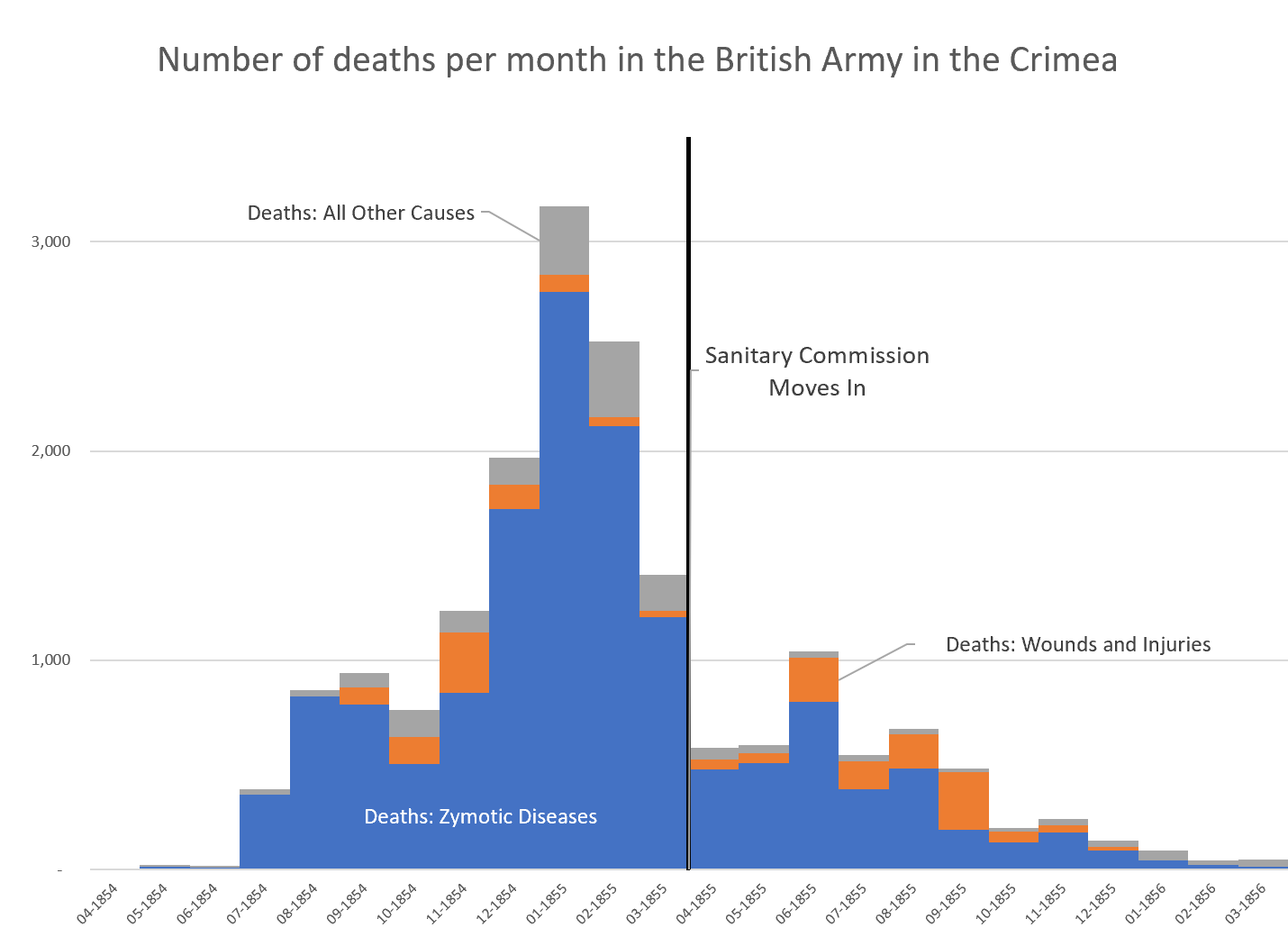Excerpt:
Last summer, I saw a dramatic expansion of Federal Reserve liquidity, government support, and the money supply. I said then, ‘This liquidity is going to go into the stock market, and then it’s going to go into the economy once people feel comfortable with beginning their normal activities again’ — and that is exactly what is happening.
I think this year is going to be a great year for the economy, a much bigger expansion than a lot of people believe. I think it’s also going to be a year of inflation. Not dramatic inflation, but a lot more than what we have been used to — 3%, 4%, perhaps even 5%. This is going to be good for the stock market because I do not think that the Federal Reserve is going to tighten credit into 2022, maybe not into 2023. We’re going to keep low short-term interest rates and a hot economy, so inflation will begin to increase, and the stock market will be pushed ahead because corporate profits are going to be very strong.
The loser is going to be the bondholder because interest rates on the long-term bond are going to rise. We’re going to see the 10-year bond rise to 2% by the end of the year, maybe even 3% by the end of 2022.
Publication Date: 8 March 2021
Publication Site: Knowledge @ Wharton

